Who Were the Suffragettes?
The Suffragettes were a group of women in the United Kingdom who fought tirelessly in the early 20th century for the right of women to vote. They were part of a broader suffrage movement, but what distinguished the Suffragettes was their willingness to use bold, confrontational and sometimes militant tactics to draw attention to the injustice of women’s exclusion from being able to vote.
The movement arose in response to decades of frustration. Peaceful campaigns, known as the Suffragists, had been working since the mid-19th century. However, their progress was slow. Petitions, letters and meeting with politicians lead nowhere. It was through this that many women grew disillusioned with the lack of change and action and many believed more forceful and direct action was needed. Born out of this frustration the Suffragette fraction emerged.
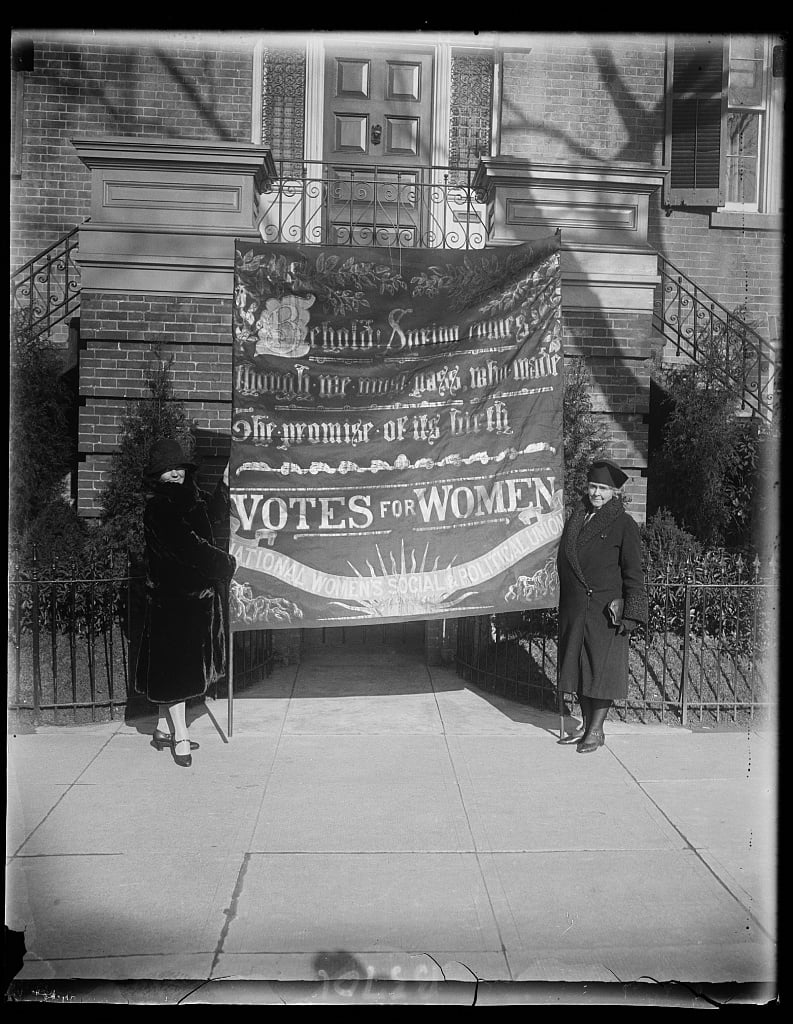
Who Led the Suffragettes?
The leading force behind the Suffragette movement was Emmeline Pankhurst, an inspirational and formidable character who is widely regarded as a woman who "shook society into a new pattern from which there could be no going back”. In 1903 she founded the Women’s Social and Political Union (WSPU) in Manchester. The WSPU adopted the motto “Deeds not words” that signalled a shift from polite lobbying to more aggressive action.
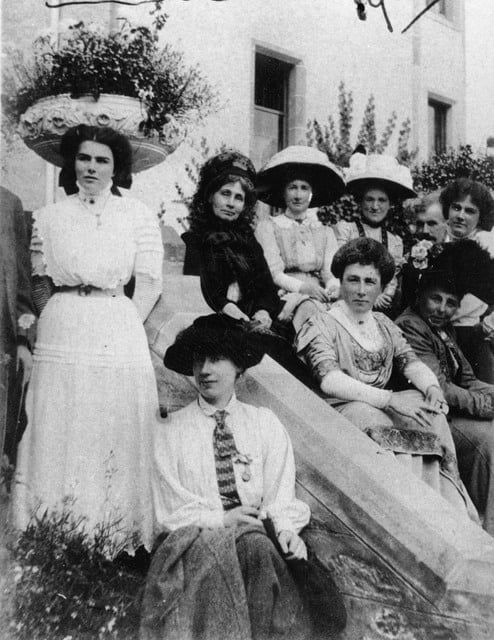
Emmeline was also joined by her two daughters, Christabel and Sylvia Pankhurst, who also played significant roles in shaping the movement. Christabel supported her mother’s militant stance and organised protests and public speeches. Sylvia Pankhurst took an interest in social reform and was particularly vocal in her support for Irish independence, anti-colonial struggles throughout the British Empire, and anti-fascist solidarity in Europe.
Among the most well-known suffragettes, some had a less recognised impact, but their contributions were just as important. Included in this was Princess Sophia Duleep Singh, a prominent British Suffragette of Indian descent. After returning from India in 1909, she joined the Women’s Social and Political Union (WSPU) and took part in protests, tax resistance and fundraising efforts such as self-denial weeks. A symbol of defiance, she refused to pay taxes, prompting King George V to ask, “Have we no hold on her?”. Singh also supported suffrage efforts globally, including across the British Empire.
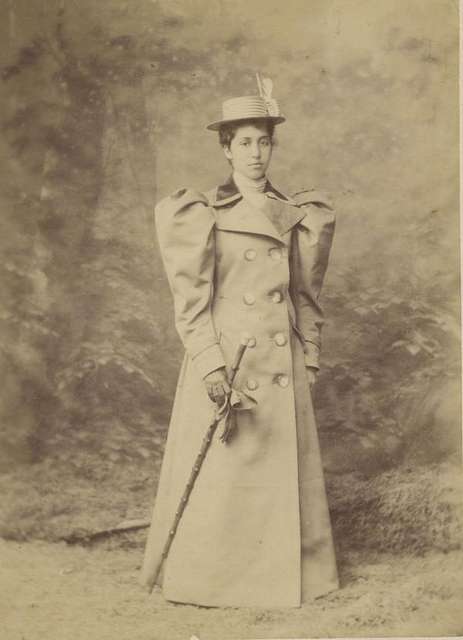
How Did the Suffragettes Protest?
The Suffragettes were known for their dramatic, disruptive, and often violent protests. They believed that peaceful appeals had failed and that only through disruption would politicians and the public be forced to take notice of their demands. Their actions ranged from marches and rallies to acts of civil disobedience, such as chaining themselves to railings, breaking windows and interrupting political meetings.
Some members even committed bombings and vandalism. The aim was to limit the amount of harm to individuals, instead focusing on a level of disturbance that could no longer be ignored by the government and wider society.
Many Suffragettes who were arrested went on hunger strike in prison to protest their treatment and to assert that they were political prisoners. The response by the government was to force-feed, which was a brutal and controversial practice that provoked public outrage and garnered sympathy for their cause.
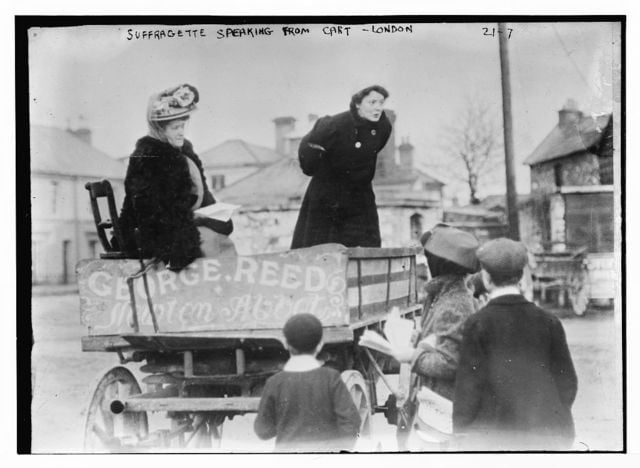
What do the Suffragette Colours Symbolise?
The Suffragettes also made powerful use of visual symbolism, where the colours symbolised the slogan: “Dignity, Purity, Hope”. The movement adopted the colours purple (for dignity), white (for purity) and green (for hope), which were commonly worn as badges, sashes, ribbons and posters. These colours became instantly recognisable part of the movement and were used to represent and unify the cause.
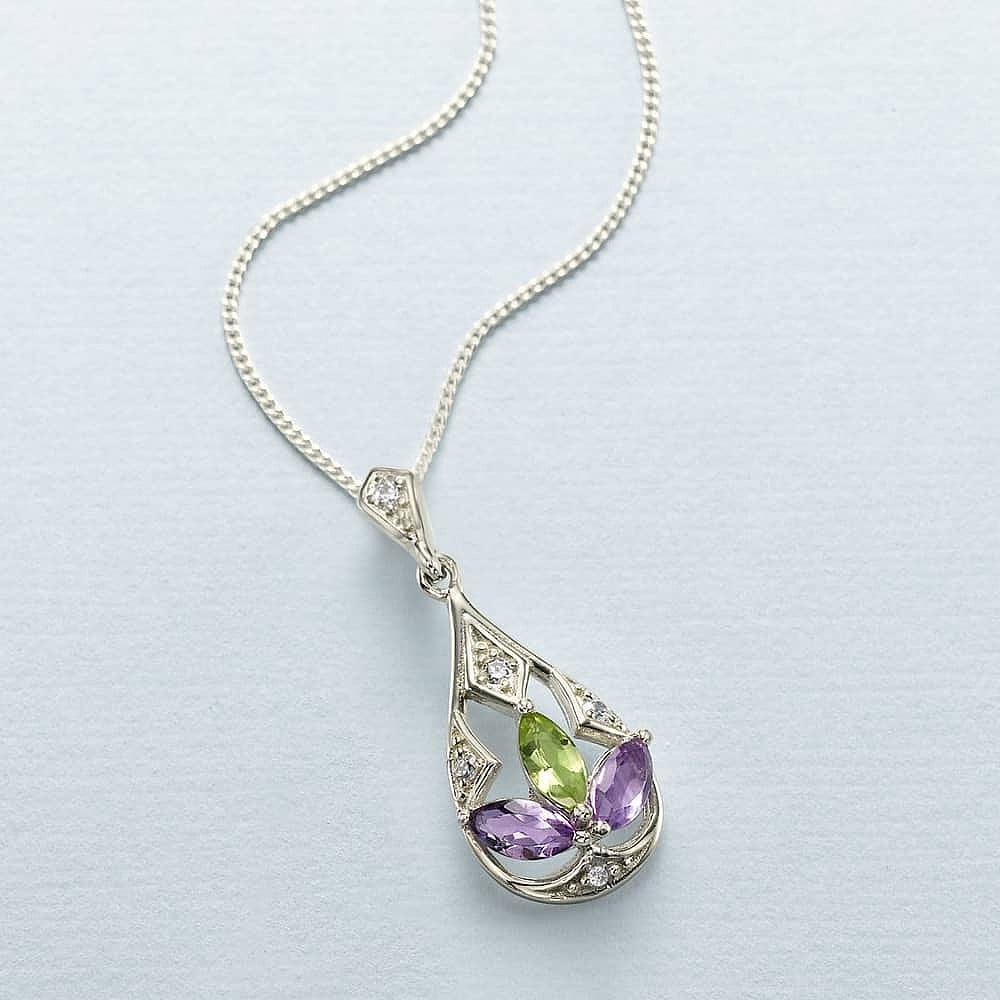
What Did the Suffragettes Do?
Beyond protests, the Suffragettes also communicated through a published a newspaper called Votes for Women, which spread their message, reported on protests and rallied support. They staged large public demonstrations, such as the Women’s Sunday rally in Hyde Park in 1908, which attracted over 300,000 people.
They also directly challenged political leaders. One famous incident occurred in 1909 when Suffragette Marion Wallace Dunlop became the first to go on hunger strike in prison. This act sparked a widespread tactic that would define the movement. Another pivotal moment came in 1913, when Emily Wilding Davison stepped in front of the King’s horse at the Epsom Derby and was fatally injured—an act seen by many as a martyrdom for the cause.
These high-profile events, along with constant campaigning and visible resistance, made the Suffragette movement impossible to ignore.
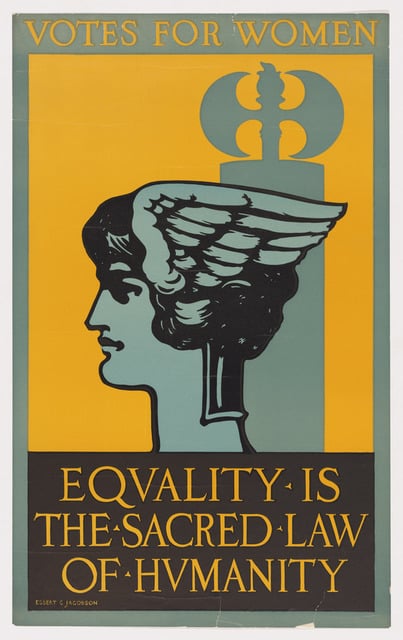
What Did the Suffragettes Achieve?
The Suffragettes did not achieve their goal overnight, their methods were often controversial, even within the wider women’s movement. Yet they succeeded in transforming public perception. They forced the issue of women’s suffrage to the forefront of political debate and made it a matter that could no longer be dismissed.
In 1918, the Representation of the People Act granted voting rights to women over the age of 30 who met certain property qualifications. This was a significant breakthrough, although it still excluded many working-class women. A decade later, in 1928, the Equal Franchise Act gave all women over 21 the right to vote, bringing them to full electoral equality with men.
This historic victory was the result of years of struggle, sacrifice and relentless determination. While the final legislation was also influenced by the broader women’s war effort during World War I, it was the persistent campaigning of both Suffragettes and Suffragists that laid the groundwork.
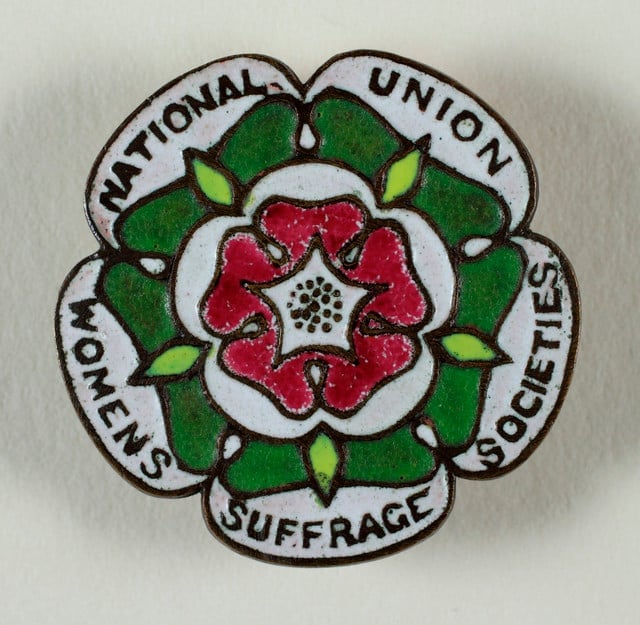
Legacy
Today the Suffragettes are remembered as courageous women who fought for justice at great personal cost. They faced imprisonment, public shaming and even violence, yet they continued to speak out for a right many had long taken for granted. Their fight reshaped British democracy and opened the door for future generations of women to engage in public and political life.
For this, their story should be remebered as one of courage and an example of the power for ordinary people to make extraordinary change.



